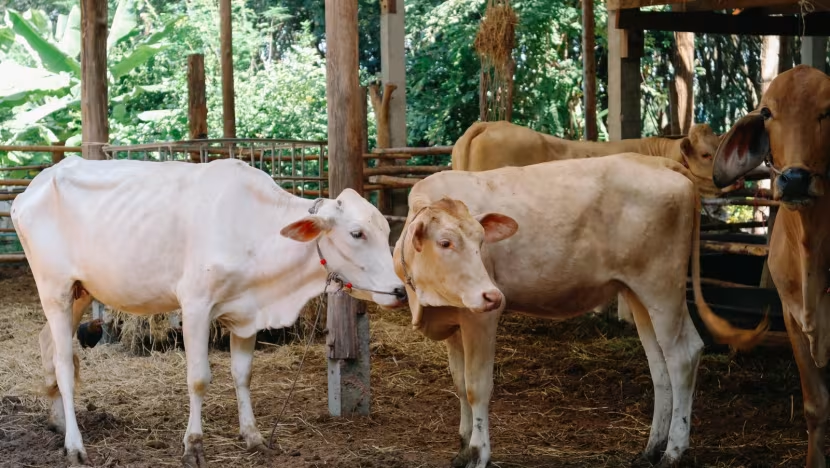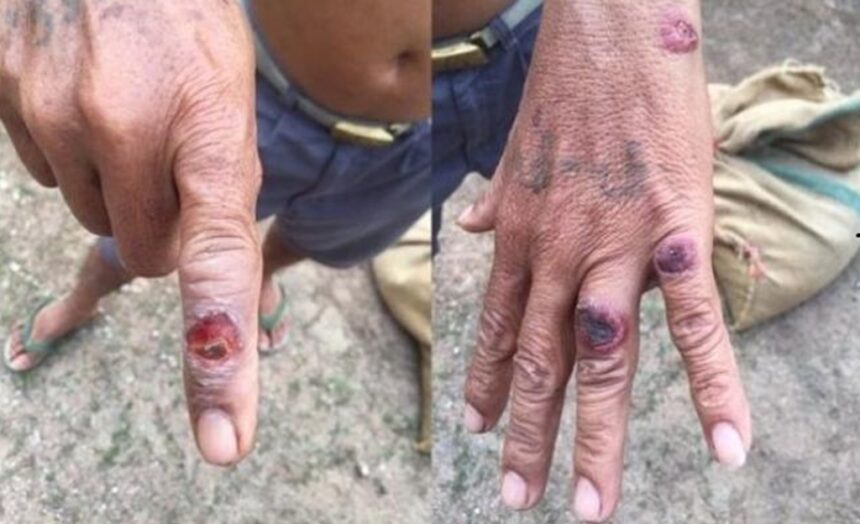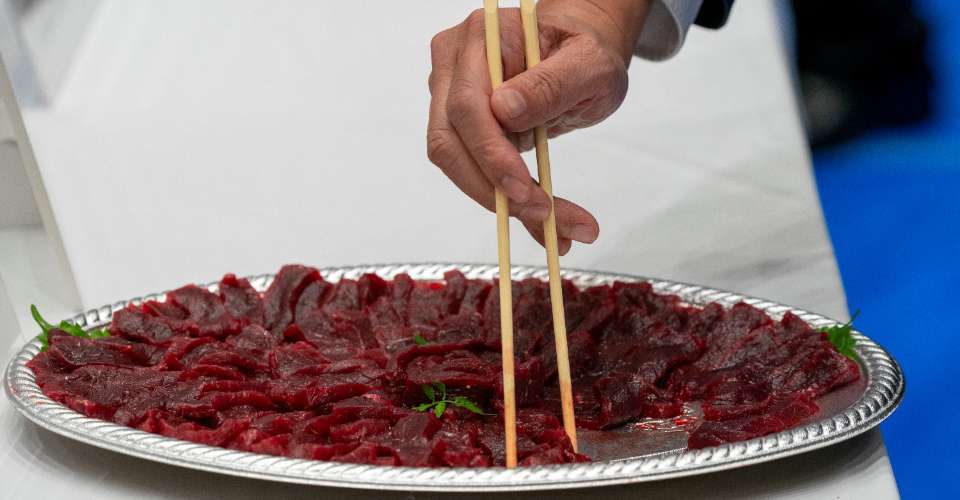BANGKOK – Thailand’s Department of Disease Control has reported that A 53-year-old man from Sa Kaeo, near the eastern border, tested positive for anthrax after often eating raw beef. He was taken to Pattaya Bhattamakun Hospital for treatment.
According to the DDC, there has been a sharp rise in anthrax cases in Thailand, with most outbreaks linked to eating raw beef. Because of this, the DDC has put out urgent warnings. Recent cases, which include a confirmed death, highlight the need for everyone to pay more attention to food safety and how livestock is handled.
The problem first came to light in late April and early May, when reports from Mukdahan Province emerged that a man died after eating and sharing meat from a cow thought to be infected.
This was the first death in Thailand due to anthrax in more than three decades and raising serious concerns in the health sector. The DDC found that hundreds of people in Mukdahan could have come into contact with the disease, either through taking part in slaughtering cattle or eating raw beef. Health officials moved quickly, offering antibiotics to those at risk to prevent further spread.
Now, this recent case reported in Sa Kaeo province, where a 53-year-old man admitted to eating raw beef, being diagnosed with anthrax, shows that eating uncooked meat, a tradition in some local foods, carries a real danger.
Anthrax from eating raw beef
Health teams in Sa Kaeo are now tracing the origin of this infection and checking on anyone who may have had contact with the patient.
Anthrax is caused by the bacterium Bacillus anthracis and mainly affects grazing animals like cattle, buffalo, goats, and sheep. In people, anthrax is rare but can be deadly if not treated quickly. The bacteria form tough spores that can survive in soil and the environment for years, making areas where cases have happened risky for a long time.
The DDC’s ongoing research confirms that most human cases are tied to direct contact with sick animals or eating raw or undercooked meat from these animals. Because of this, the public is urged to avoid handling or eating meat from animals that seem ill or have died suddenly.
Officials stress that anthrax doesn’t usually pass from one person to another. Instead, people get sick by touching or eating contaminated animal products or coming into contact with infected environments.
Symptoms in humans depend on how the infection starts, but often include skin sores, fever, and serious stomach problems if tainted meat is eaten. In the Mukdahan case, the man first noticed a skin sore, and his condition worsened before he died.

No Cases in Chiang Rai
In response, the Department of Livestock Development (DLD) has brought in strict controls in areas with outbreaks. This includes isolating animals, giving livestock penicillin, running vaccination drives, and cleaning slaughterhouses and other high-risk areas.
Farmers are being told to report sudden, unexplained animal deaths right away and not to open or eat the carcasses.
Health experts have a simple but important message: only eat meat that’s cooked thoroughly and avoid touching livestock that look unwell or have died for unknown reasons. Eating raw beef, common in dishes such as larb dib or koi, is now especially risky.
While food traditions matter, the current risk means that safer cooking methods should be used for the time being.
People in Chiang Rai and nearby regions are urged to stay alert. Even though no cases have been found in Chiang Rai so far, the way food and animals move between areas means everyone should be careful.
The DDC says that stopping this disease depends on everyone following food safety rules and reporting any strange animal deaths or illnesses. For more help or to report unusual animal deaths, contact your local livestock office or the DDC hotline at 1422.
Related News:
Department of Disease Control Warns Against Eating Raw or Under-Cooked Pork















